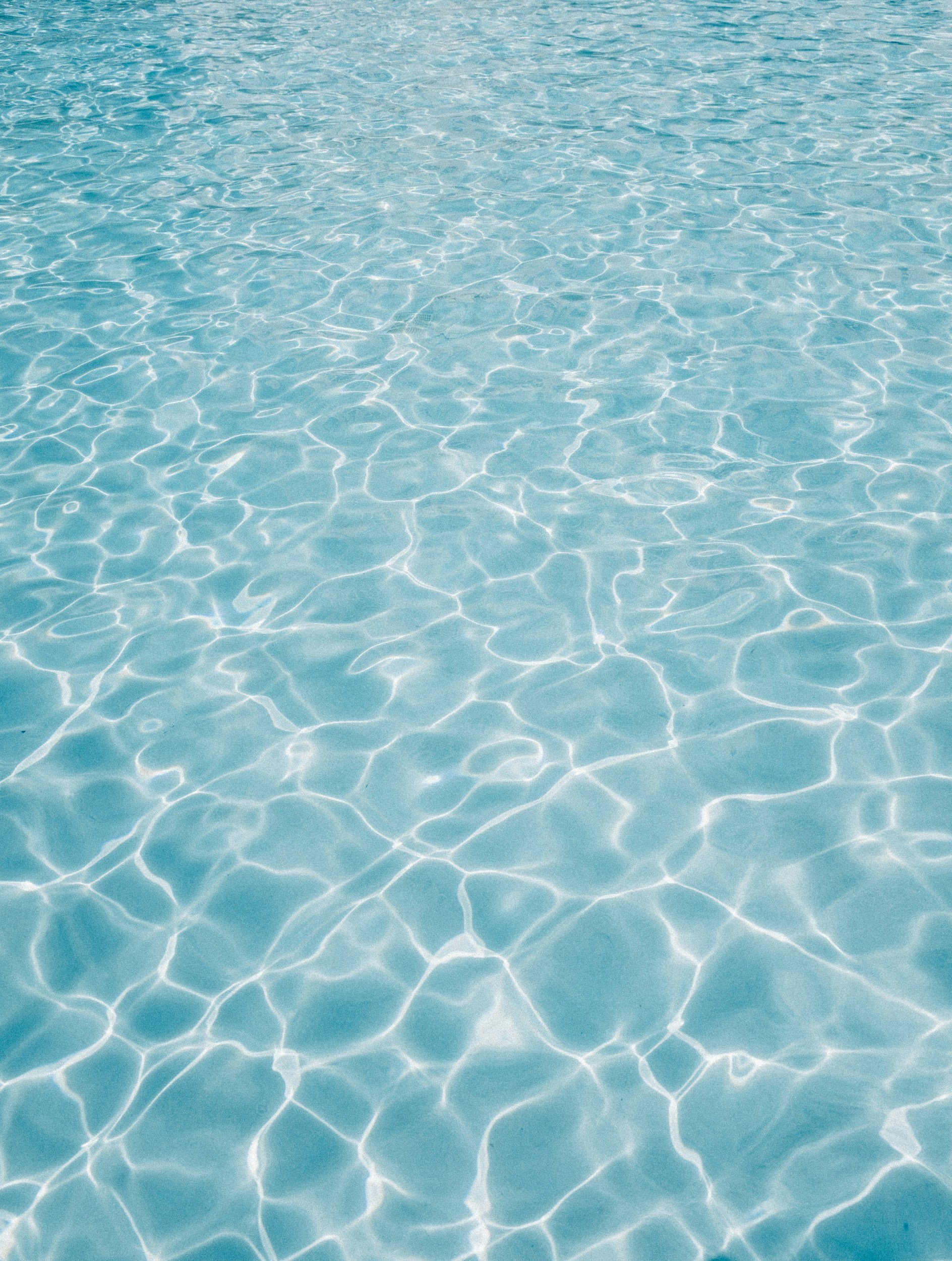
Maintenance
Skimming the Surface
Remove Debris: Use a net skimmer to remove leaves, bugs, and other debris floating on the surface of the pool. This keeps the pool looking clean and prevents debris from sinking to the bottom, where it can be harder to remove.
Brushing the Walls and Tiles
Brush Pool Surfaces: Brushing the walls, tile lines, steps, and corners helps prevent algae buildup and removes dirt, grime, and stains that may have accumulated.
Focus on Tiles: The waterline tiles are prone to buildup, so extra attention is given to them to keep the pool looking spotless.
Vacuuming the Pool
Vacuum the Bottom: Use a pool vacuum to clean the pool floor and any other areas where debris may have settled. This can be done manually or with an automatic pool cleaner, depending on the pool and equipment.
Check for Any Debris in Hard-to-Reach Areas: In addition to vacuuming the floor, ensure debris that settles in corners or crevices is cleaned as well.
Emptying Skimmer and Pump Baskets
Remove Debris from Baskets: The skimmer baskets and pump baskets catch larger debris before it enters the filtration system. These need to be emptied to maintain proper water flow and prevent clogs.
Checking and Adjusting Water Chemistry
Test Water Balance: Test the pool’s water for pH, alkalinity, calcium hardness, and chlorine levels. Proper water chemistry is essential to keep the water safe and prevent damage to the pool and equipment.
Add Chemicals as Needed: Based on test results, you may need to adjust the water chemistry by adding chemicals like chlorine, pH adjusters, algaecides, or stabilizers.
Shock Treatment (if necessary): If the pool is experiencing issues with algae or cloudy water, shock treatment may be required. This involves adding a higher dose of chlorine to quickly sanitize the pool.
Inspecting and Cleaning the Pool Equipment
Check Filtration System: Make sure the pool’s filter is running properly. If the filter is a cartridge or sand filter, you may need to clean or backwash it regularly to ensure optimal filtration.
Check Pump and Motor: Ensure the pump and motor are working efficiently. A malfunctioning pump can affect water circulation and cleaning efficiency.
Check Heater (if applicable): If the pool has a heater, make sure it’s operating correctly and safely.
Checking the Pool's Water Level
Ensure Proper Water Levels: The water level should be at the midpoint of the skimmer. If it’s too low or too high, it can affect the pool’s filtration system. If needed, add water to bring it to the correct level.
Inspecting for Algae and Stains
Look for Algae Growth: Check the pool for signs of algae, especially in shaded areas, corners, and along the walls. If algae is found, take measures to treat it, which may include brushing, adding algaecides, or using shock treatment.
Remove Stains: If stains are present, you may need to treat them with specialized stain removers or a different chemical treatment.
Check Pool Cover (if applicable)
Inspect Pool Cover: If the pool has a cover, check it for any signs of damage or wear, and ensure it’s properly covering the pool. Make sure the cover is clean and free from debris that could degrade its lifespan.
Report and Recommendations
Provide a Report: After completing the maintenance, leave a brief report for the customer detailing the services performed, any issues found, and recommendations for future maintenance or repairs.\
These tasks can be done during regular pool cleaning visits (weekly, bi-weekly, or monthly), depending on the service package you offer. By following this routine, you help ensure that the pool remains clean, safe, and ready for use, providing peace of mind for your customers.
Our Services
Contact us today for a quote based on our different packages.